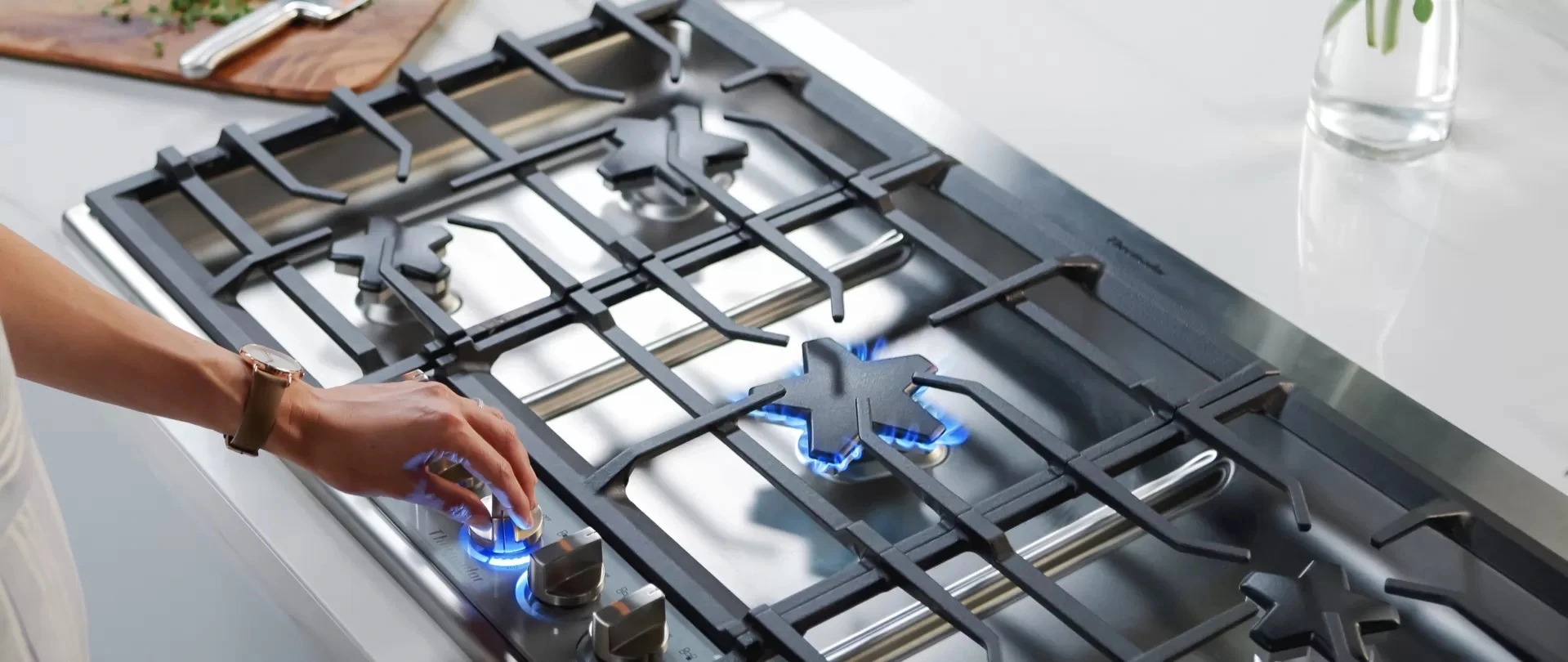

Articles
How To Adjust Uneven Gas Stove Burners
Modified: February 21, 2024
Discover effective steps to adjust the uneven gas stove burners in this informative article. Find helpful tips to maintain a properly functioning stove for efficient cooking.
(Many of the links in this article redirect to a specific reviewed product. Your purchase of these products through affiliate links helps to generate commission for Storables.com, at no extra cost. Learn more)
Introduction
Gas stoves are a popular choice for many homeowners due to their efficiency, precision, and ease of use. However, one common issue that can arise with gas stoves is uneven burner flames. When the flames on your gas stove burners are uneven, it can lead to inconsistent cooking results and frustration in the kitchen. Luckily, there are steps you can take to adjust and fix this problem.
In this article, we will guide you through the process of adjusting uneven gas stove burners. We will explore the common causes of this issue and provide you with the tools and materials you need to resolve the problem. By following these steps, you can ensure that all your burners produce an even and reliable flame for optimal cooking performance.
So, let’s dive in and discover how to restore balance to your gas stove burners!
Key Takeaways:
- Regular cleaning and proper adjustment of gas stove burners can improve cooking performance by ensuring even flame distribution. Follow safety guidelines and seek professional help if needed for optimal results.
- By understanding common causes of uneven gas stove burners and following step-by-step adjustments, you can restore balance to your stove for consistent and reliable cooking experiences. Always prioritize safety and refer to the user manual for specific instructions.
Read more: How To Adjust Gas Stove Burners
Common Causes of Uneven Gas Stove Burners
Uneven gas stove burners can be caused by a variety of factors. Understanding these common causes can help you identify the root of the problem and take appropriate action. Here are some potential culprits:
- Clogged burner ports: Over time, food debris and grease can accumulate on the burner ports, obstructing the flow of gas and causing uneven flames. Regular cleaning is necessary to prevent this buildup.
- Worn burner valves: The burner valves control the flow of gas to the burners. If these valves become worn or damaged, they may not open or close properly, resulting in uneven flame distribution.
- Dirty burner caps: The burner caps are located on top of the burner heads and help distribute the gas evenly. If these caps are dirty or clogged, they can interfere with the proper flow of gas and lead to uneven flames.
- Misaligned burner heads: The burner heads should be aligned with the burner ports for even gas distribution. If the heads are misaligned or tilted, it can cause unequal flame patterns.
- Malfunctioning igniter: The igniter is responsible for igniting the gas when the stove is turned on. If the igniter is not working correctly, it may not generate enough spark to ignite all the gas, resulting in uneven flame distribution.
- Gas pressure issues: In some cases, the problem may lie with the gas supply itself. Low gas pressure or a faulty regulator can cause uneven flames on the stove burners.
Identifying the specific cause of your uneven gas stove burners is crucial in order to apply the appropriate solution. In the following sections, we will guide you step-by-step through the process of adjusting your burners to achieve even flames and optimal cooking results.
Tools and Materials Needed
Before you begin adjusting your gas stove burners, make sure you have the following tools and materials ready:
- Flathead screwdriver: This will be used to remove the burner grates and caps, as well as to adjust the burner valves if necessary.
- Soft brush: A soft-bristled brush, such as a toothbrush, can be used to clean the burner ports and remove any debris or buildup.
- Mild dish soap: Diluting a small amount of mild dish soap in water will help in cleaning the burner components.
- Lint-free cloth or paper towels: These can be used to wipe down the burner caps, heads, and other components after cleaning.
- Water: You will need water for rinsing the burner components after cleaning them with soap.
- Optional: Needle or pin: If the burner ports are particularly clogged, a needle or pin can be used to carefully unclog them.
Having these tools and materials ready will ensure that you can effectively clean and adjust your gas stove burners. Additionally, it is important to prioritize safety during this process. Make sure to turn off the gas supply before beginning any adjustments and follow the specific guidelines provided by your stove’s manufacturer.
Now that you are well-equipped with the necessary tools and materials, we can move on to the step-by-step process of adjusting your gas stove burners for even flames.
Step 1: Turn off the Gas Supply
The first and most important step in adjusting your gas stove burners is to turn off the gas supply. This ensures your safety and prevents any accidental gas leaks. Follow these steps to safely turn off the gas supply:
- Locate the gas shut-off valve: The gas shut-off valve for your stove is typically located behind the appliance. It is a small metal valve with a lever or handle.
- Turn the valve to the “Off” position: Rotate the lever or handle of the shut-off valve until it is perpendicular to the gas pipe. This will shut off the gas supply to your stove.
- Confirm the gas is off: After turning off the gas supply, you can double-check that the gas is indeed off by attempting to ignite one of the burners. If there is no flame, it means the gas supply has been successfully shut off.
Remember to exercise caution and avoid using any open flames or creating sparks while working with gas appliances. It is always better to err on the side of caution when it comes to dealing with gas.
Now that you have safely turned off the gas supply, you can proceed to the next step of the adjustment process.
Step 2: Remove the Burner Grates and Caps
With the gas supply turned off, you can now move on to removing the burner grates and caps. These components need to be removed in order to access the burner heads and ports for cleaning and adjustment. Follow these steps to remove the burner grates and caps:
- Allow the stove to cool: Before handling any components, ensure that the stove has cooled down to prevent any risk of burns.
- Identify the burner grates: The burner grates are typically located on the top of the stove and cover the burner heads. Each grate is designed to fit over a specific burner.
- Lift and remove the burner grates: Carefully lift each burner grate straight up and set it aside in a safe place. Depending on the style of your stove, the burner grates may be individual or connected as a single piece.
- Locate the burner caps: Underneath each burner grate, you will find the burner caps. These caps sit on top of the burner heads and help distribute the gas evenly.
- Remove the burner caps: Lift each burner cap straight up and set it aside with the burner grates. Some burner caps may require a gentle twist or pull to detach them from the burner heads.
By removing the burner grates and caps, you have now gained access to the burner heads and ports for cleaning and adjustment. In the next step, we will guide you through the process of cleaning the burner ports to ensure proper gas flow.
Read more: How To Fix Gas Stove Burners
Step 3: Clean the Burner Ports
Now that the burner grates and caps have been removed, it’s time to clean the burner ports. The burner ports are small openings located on the burner heads, through which the gas flows. Over time, these ports can become clogged with food debris, grease, and other residues, causing uneven flames. Follow these steps to clean the burner ports:
- Inspect the burner ports: Take a close look at the burner ports and identify any visible dirt, debris, or clogs. Use a flashlight if necessary to see clearly.
- Dip a soft brush in soapy water: In a small bowl, mix mild dish soap with water to create a gentle cleaning solution. Dip a soft brush or toothbrush into the soapy water, ensuring it is sufficiently wet but not dripping.
- Gently scrub the burner ports: Starting with one burner head at a time, gently scrub the burner ports with the wet brush. Use circular motions to dislodge any debris or buildup. Be careful not to apply excessive pressure, as this could damage the burner ports.
- Rinse the burner ports: After scrubbing, rinse the burner ports thoroughly with water. You can use a damp cloth or run them under a gentle stream of water to ensure all soap residue and loosened debris is removed.
- Dry the burner ports: Once rinsed, use a lint-free cloth or paper towels to dry the burner ports completely. Make sure there is no moisture left behind, as this can interfere with the gas flow.
- Repeat for all burner heads: Repeat the cleaning process for each burner head, ensuring all the ports are thoroughly cleaned and dried.
Cleaning the burner ports is essential to ensure the proper flow of gas and even flame distribution. By removing any clogs or obstructions, you can improve the performance of your gas stove burners. Now that the burner ports are clean, we can move on to adjusting the burner valves in the next step.
Use a level to check if the stove is even. If not, adjust the feet or use shims to level it. Then, adjust the burner caps and ports to ensure an even flame.
Step 4: Adjust the Burner Valves
After cleaning the burner ports, the next step in adjusting your gas stove burners is to adjust the burner valves. The burner valves control the amount of gas flow to the burners, and adjusting them can help achieve a more even flame. Here’s how to adjust the burner valves:
- Locate the burner valve: Each burner on your gas stove will have a corresponding valve. The valves are usually located near the front of the stove, beneath the control knobs.
- Identify the adjustment screw: On each burner valve, you will find a small screw that can be turned to adjust the flame. This screw is typically located at the base of the valve.
- Turn the adjustment screw: Using a flathead screwdriver, gently turn the adjustment screw counterclockwise to increase the flame or clockwise to decrease it. Make small adjustments and observe the changes in the flame pattern.
- Observe the flame: As you adjust the valve, keep an eye on the burner flame. Aim for a steady, blue flame with a defined inner and outer cone. The flame should be even and not flickering excessively.
- Fine-tune the adjustment: Gradually adjust the burner valve and observe the flame until you achieve an even flame pattern across all burners. Take note of any burners that still display uneven flames for further adjustment.
It’s important to exercise caution when adjusting the burner valves. Make small adjustments and test the flames after each adjustment to avoid making drastic changes and potentially causing safety hazards. If you have difficulty adjusting the burner valves or are unsure about the proper adjustment, consult your stove’s user manual or seek professional assistance.
With the burner valves adjusted, we can proceed to the next step to check the igniter and ensure proper functioning.
Step 5: Check the Igniter
After adjusting the burner valves, it’s important to check the igniter to ensure it is functioning correctly. The igniter is responsible for generating the spark that ignites the gas when you turn on the stove. If the igniter is not working properly, it can result in weak or uneven flames. Here’s how to check the igniter:
- Ensure the gas supply is still turned off: Before checking the igniter, make sure the gas supply is still turned off to prevent any potential accidents.
- Locate the igniter: The igniter is typically located near the burner heads and is connected to a wire or harness.
- Inspect for visible damage: Examine the igniter for any visible signs of damage, such as cracks or discoloration. If you spot any damage, the igniter may need to be replaced.
- Check for proper positioning: Ensure that the igniter is properly aligned with the burner heads. It should be close enough to create a spark when the gas is turned on.
- Turn on the gas: Turn on the gas supply to the stove and select a burner to test the igniter.
- Listen and look for the spark: With the room lights turned off, listen for a clicking sound as you turn on the burner. Simultaneously, observe the burner head for any spark generated by the igniter. The spark should be consistent and strong.
- If the igniter does not spark: If the igniter fails to produce a spark, it may be dirty or faulty. Clean the igniter with a soft brush and soapy water, ensuring it is free from dirt and debris. If cleaning does not solve the issue, you may need to replace the igniter or seek professional assistance.
Checking the igniter is crucial to ensure that it is working properly and contributing to even flame distribution. If the igniter is not functioning correctly, it can affect the overall performance of your gas stove. Once you have checked the igniter, you can proceed to the next step and reassemble the burner components.
Step 6: Reassemble the Burner Components
After cleaning, adjusting, and checking the igniter, it’s time to reassemble the burner components of your gas stove. Proper reassembly ensures that all the parts are in their correct positions, allowing for optimal functionality and even flame distribution. Follow these steps to reassemble the burner components:
- Retrieve the burner caps: Begin by placing the burner caps back on top of their respective burners. Make sure they are aligned properly and securely seated on the burner heads.
- Replace the burner grates: Take the burner grates and position them back over the burner caps. Ensure that they are aligned correctly and cover the burners completely.
- Double-check the alignment: Before moving on, visually inspect all the burner components to confirm their proper alignment. The burner caps and grates should sit evenly and securely on the burner heads.
By reassembling the burner components correctly, you ensure that the gas is properly distributed and ignited for even flames on your gas stove. Now that the burner components are back in place, let’s move on to the final step of testing the burners.
Read more: How To Clean The Gas Stove Burners
Step 7: Test the Burners
With the burner components reassembled, it’s time to test the burners to ensure they are producing even flames. Testing the burners will allow you to confirm that your adjustments and cleaning efforts have resulted in a more balanced flame distribution. Follow these steps to test the burners:
- Turn on the gas supply: Start by turning on the gas supply to your stove. Ensure that the burner knobs are in the “Off” position.
- Select a burner: Choose one burner and turn its corresponding control knob to the “Light” or “Ignite” position.
- Observe the flame: As you ignite the burner, carefully observe the flame. It should ignite smoothly and symmetrically, with a steady blue flame. The flame should not be excessively large, flickering, or uneven.
- Repeat for other burners: Test each burner individually, following the same process. Adjust the corresponding control knobs to the “Light” or “Ignite” position and observe the flame for consistency.
- Make further adjustments if necessary: If you notice any burners still producing uneven flames, you may need to revisit the previously mentioned steps and make further adjustments. Check for any misalignment, clogging, or other issues that may require attention.
By testing the burners, you can ensure that they are functioning properly and producing even flames. If you are satisfied with the results and all burners are producing consistent flames, congratulations! You have successfully adjusted your gas stove burners for optimal performance.
However, if you continue to experience persistent issues with uneven flames or if you are unsure about any of the adjustment steps, it is recommended to consult a professional technician to assess and resolve the problem. Your safety is paramount when working with gas appliances, so it is important to seek professional advice if needed.
Now that you have tested the burners, you are ready to enjoy the benefits of a well-adjusted gas stove for your cooking needs.
Additional Tips and Warnings
Adjusting gas stove burners can greatly improve their performance and ensure even flame distribution. However, it is important to keep the following tips and warnings in mind to ensure your safety and maintain the longevity of your gas stove:
- Regular cleaning: To prevent buildup and maintain optimal performance, regularly clean the burner components, including the burner caps and ports. This will help ensure proper gas flow and prevent uneven flames.
- Follow manufacturer’s guidelines: Always refer to your stove’s user manual and follow the manufacturer’s guidelines for cleaning and maintenance. Different models may require specific steps or precautions.
- Seek professional assistance if unsure: If you encounter difficulties or are unsure about any aspect of adjusting the burners, it is best to consult a professional technician. They have the expertise to diagnose and resolve issues safely.
- Avoid using harsh chemicals: When cleaning the burner components, avoid using harsh chemicals or abrasive cleaners. Stick to mild dish soap and water to prevent damage to the stove’s surfaces.
- Inspect for gas leaks: After making adjustments, it is essential to check for any potential gas leaks. Use a gas leak detector or a solution of soapy water and look for any bubbles forming around the gas connections. If you detect a gas leak, turn off the gas supply and contact a professional immediately.
- Do not force adjustments: While adjusting the burner valves, be gentle and make small adjustments. Forcing the adjustments may cause damage or result in unsafe flame settings.
- Keep children and pets away: During the adjustment process, it is important to keep children and pets away from the stove to prevent accidents or injuries.
- Use ventilation: Ensure that your kitchen is properly ventilated when using the stove. This helps to remove any excess heat, odors, and gas fumes from the cooking area.
By following these additional tips and warnings, you can ensure a safe and effective adjustment of your gas stove burners. Enjoy the benefits of evenly distributed flames and improved cooking performance!
Note: Always refer to your specific gas stove’s user manual for model-specific instructions and safety guidelines.
Conclusion
Adjusting uneven gas stove burners is a necessary task to ensure optimal cooking performance and achieve consistent, even flames. By following the steps outlined in this guide, you can address common causes of uneven flames and restore balance to your gas stove burners.
We discussed the common causes of uneven gas stove burners, which include clogged burner ports, worn burner valves, dirty burner caps, misaligned burner heads, malfunctioning igniters, and gas pressure issues. Understanding these causes can help you identify and address the specific issue affecting your stove.
Throughout the adjustment process, we emphasized the importance of safety and provided guidelines to ensure safe handling of gas appliances. Turning off the gas supply, properly cleaning the burner ports, adjusting the burner valves, checking the igniter, and reassembling the burner components are all crucial steps to achieving even flame distribution.
Additionally, we provided you with additional tips and warnings to enhance your knowledge and prevent potential problems. Regular cleaning, following manufacturer’s guidelines, seeking professional assistance when necessary, avoiding harsh chemicals, inspecting for gas leaks, using proper ventilation, and keeping children and pets away are all important considerations.
Remember, if you encounter difficulties or are unsure about any aspect of adjusting your gas stove burners, it is always best to consult a professional technician. Your safety should always be the top priority.
By taking the time to adjust your gas stove burners, you can ensure better cooking results, improved energy efficiency, and a more enjoyable experience in the kitchen. So, put the knowledge from this guide into practice, and may your gas stove burners produce consistently even flames for all your culinary adventures!
Frequently Asked Questions about How To Adjust Uneven Gas Stove Burners
Was this page helpful?
At Storables.com, we guarantee accurate and reliable information. Our content, validated by Expert Board Contributors, is crafted following stringent Editorial Policies. We're committed to providing you with well-researched, expert-backed insights for all your informational needs.
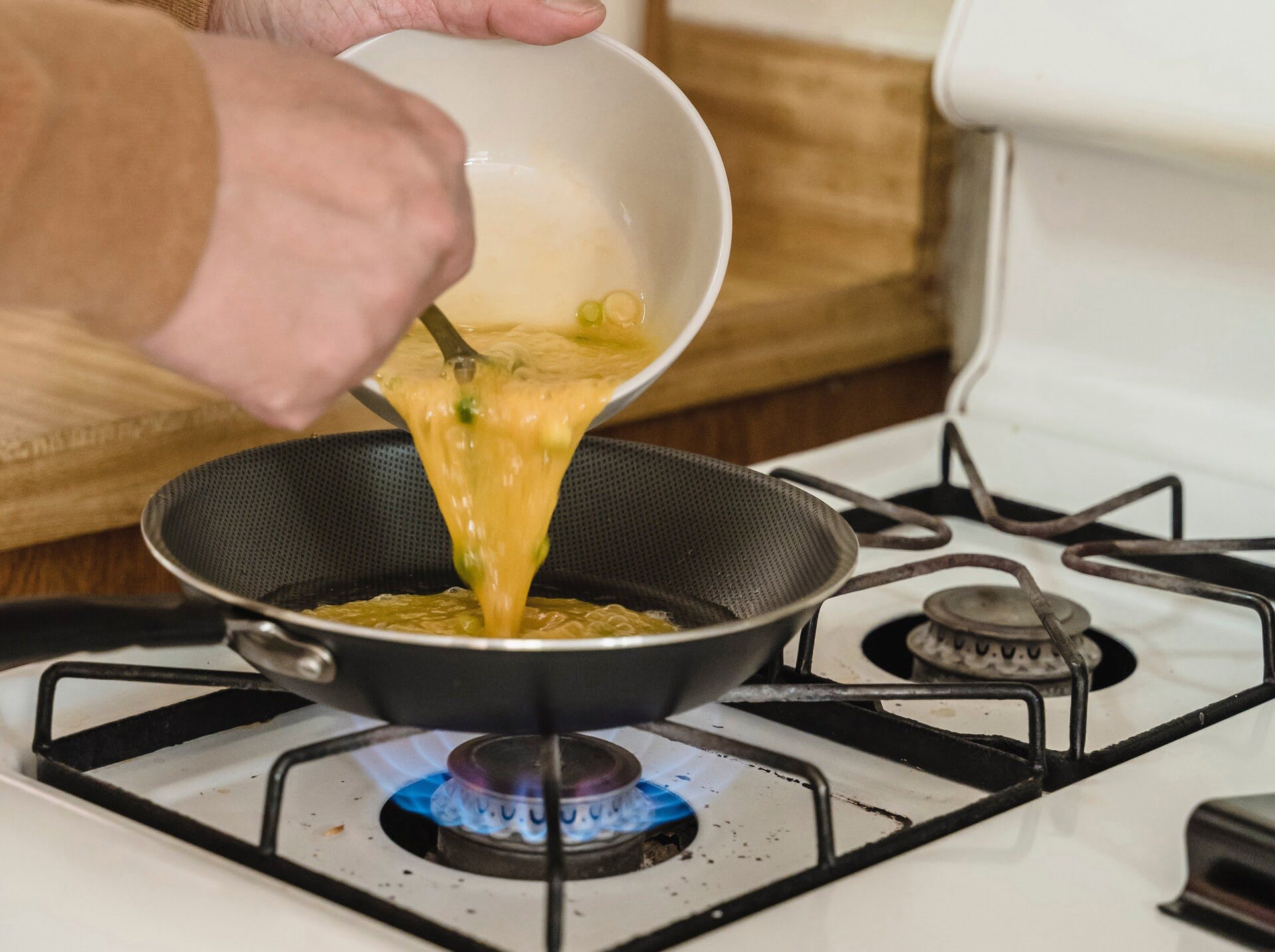
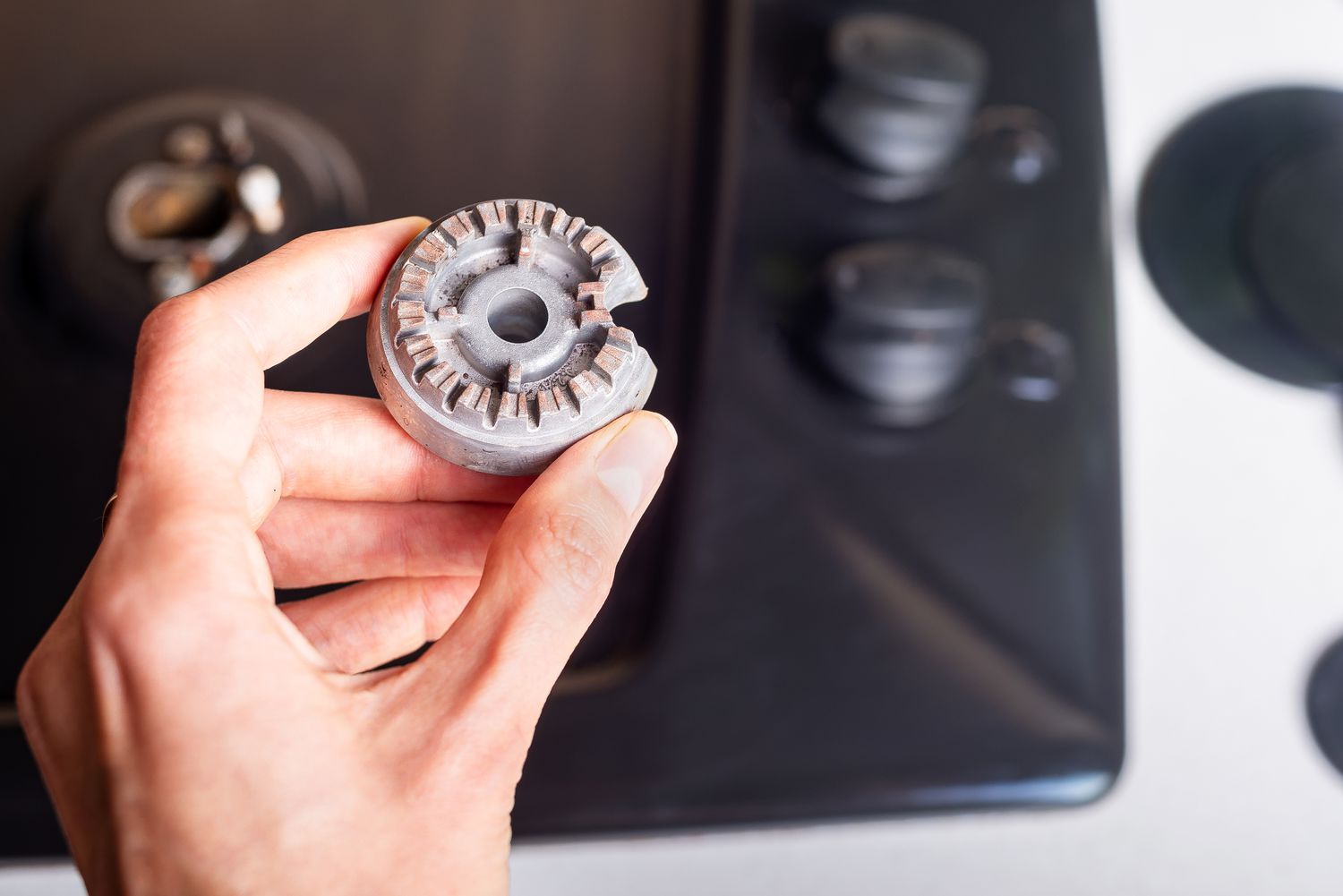
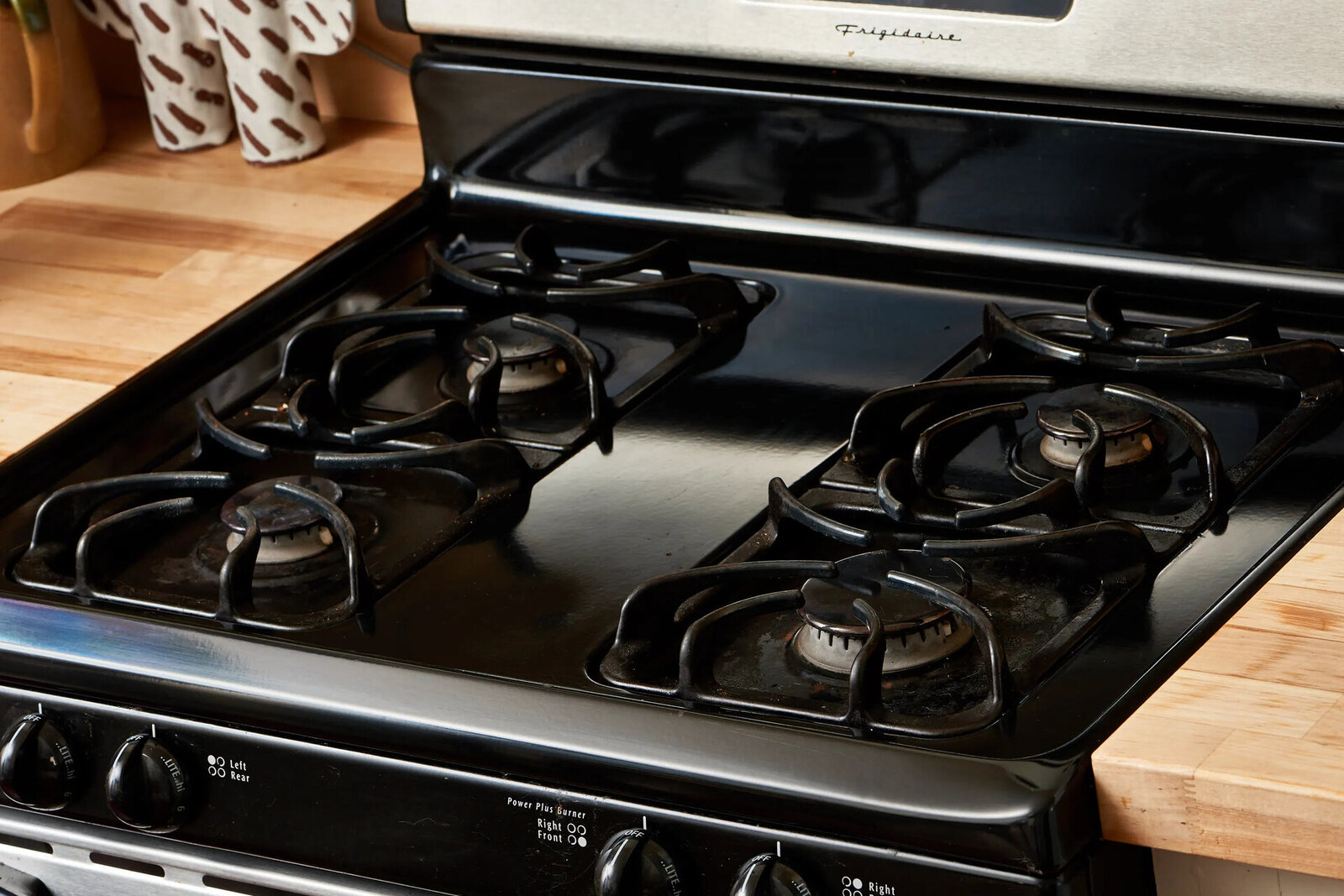
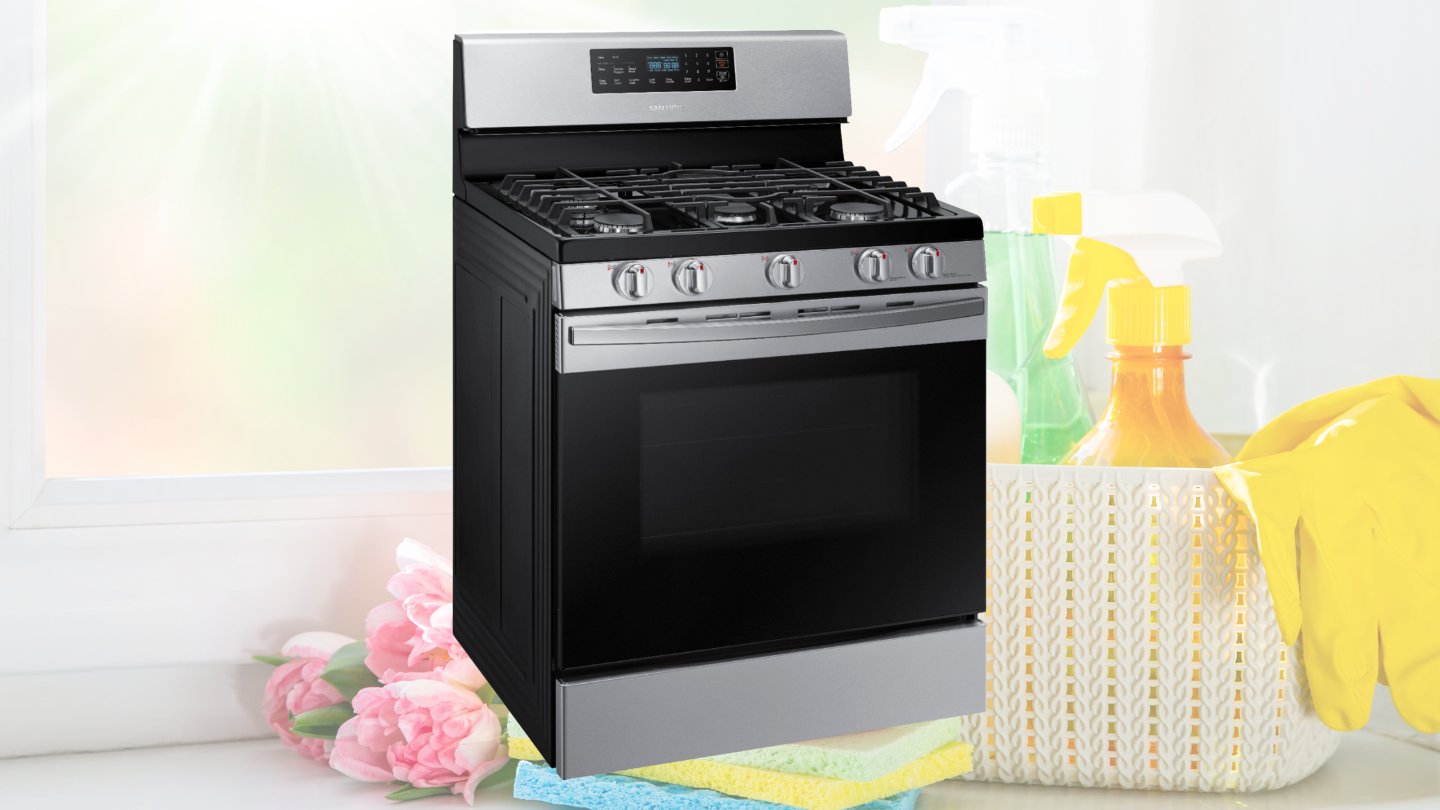
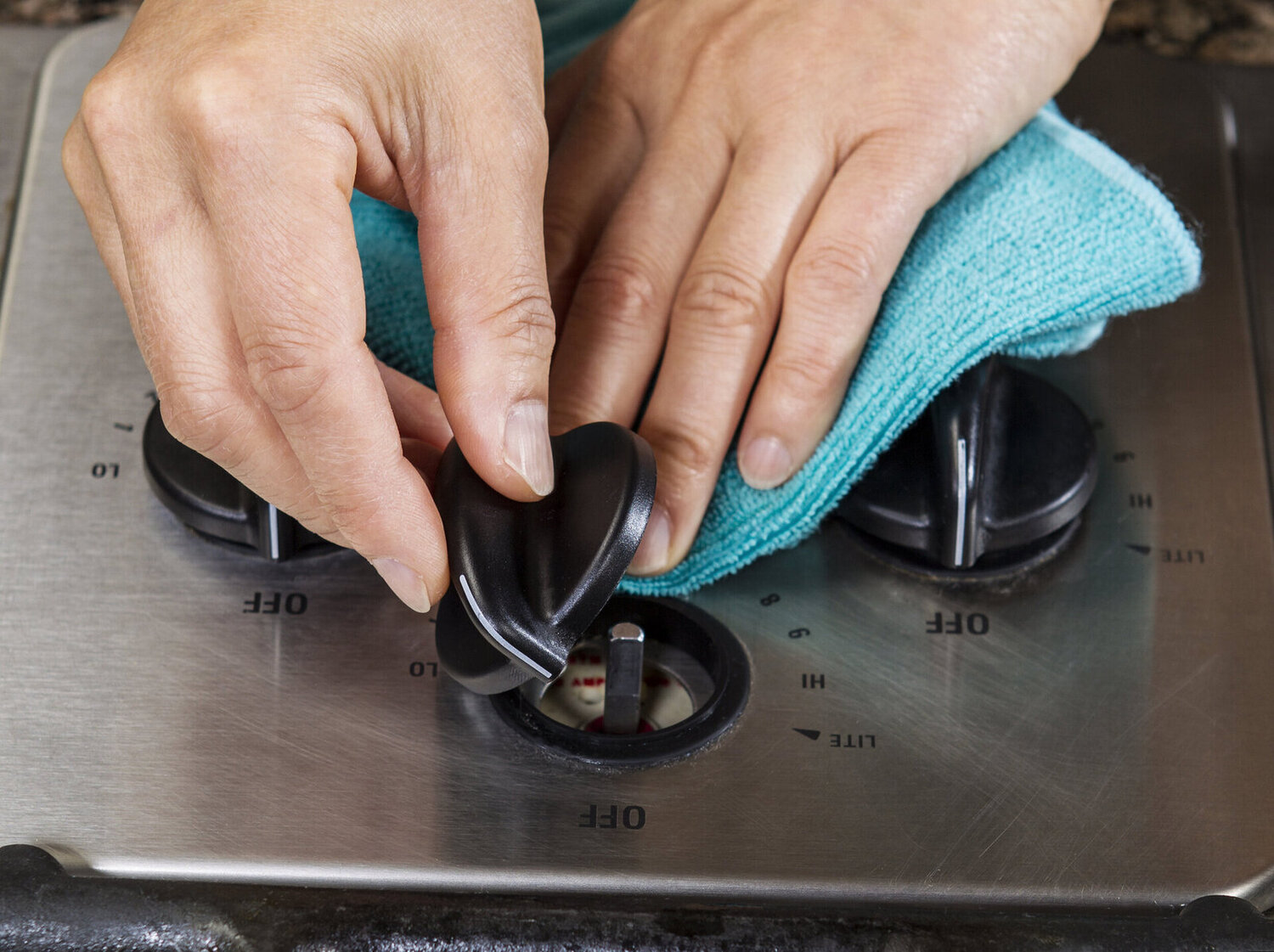
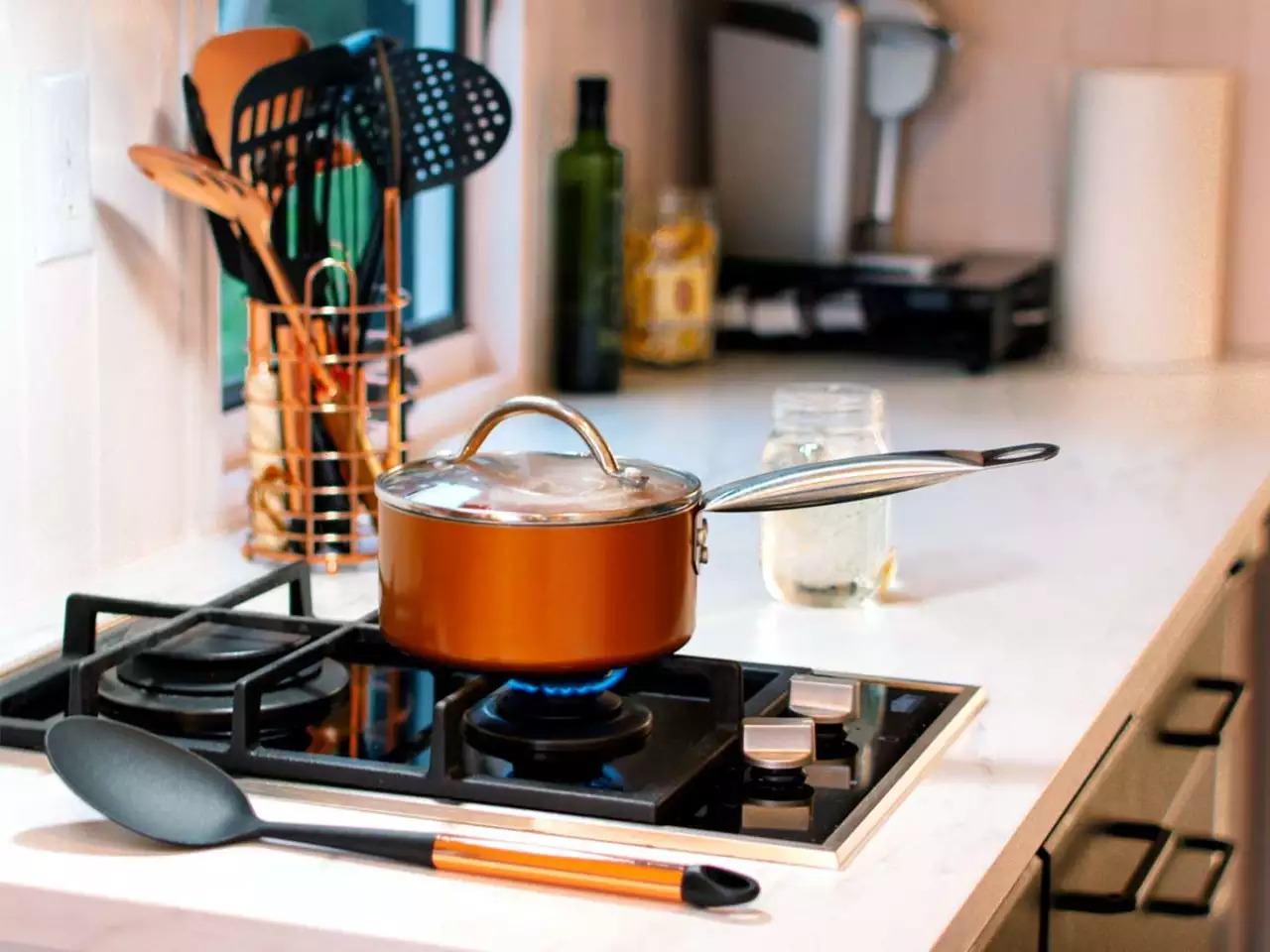
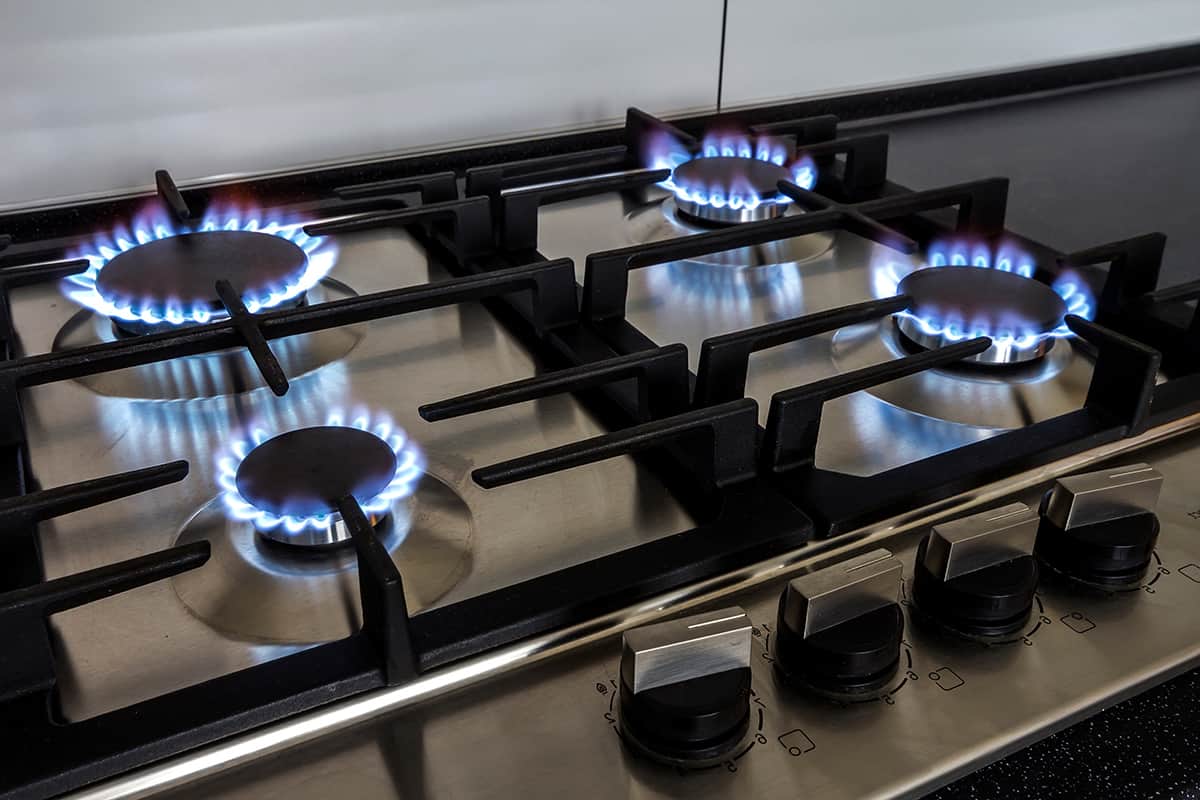
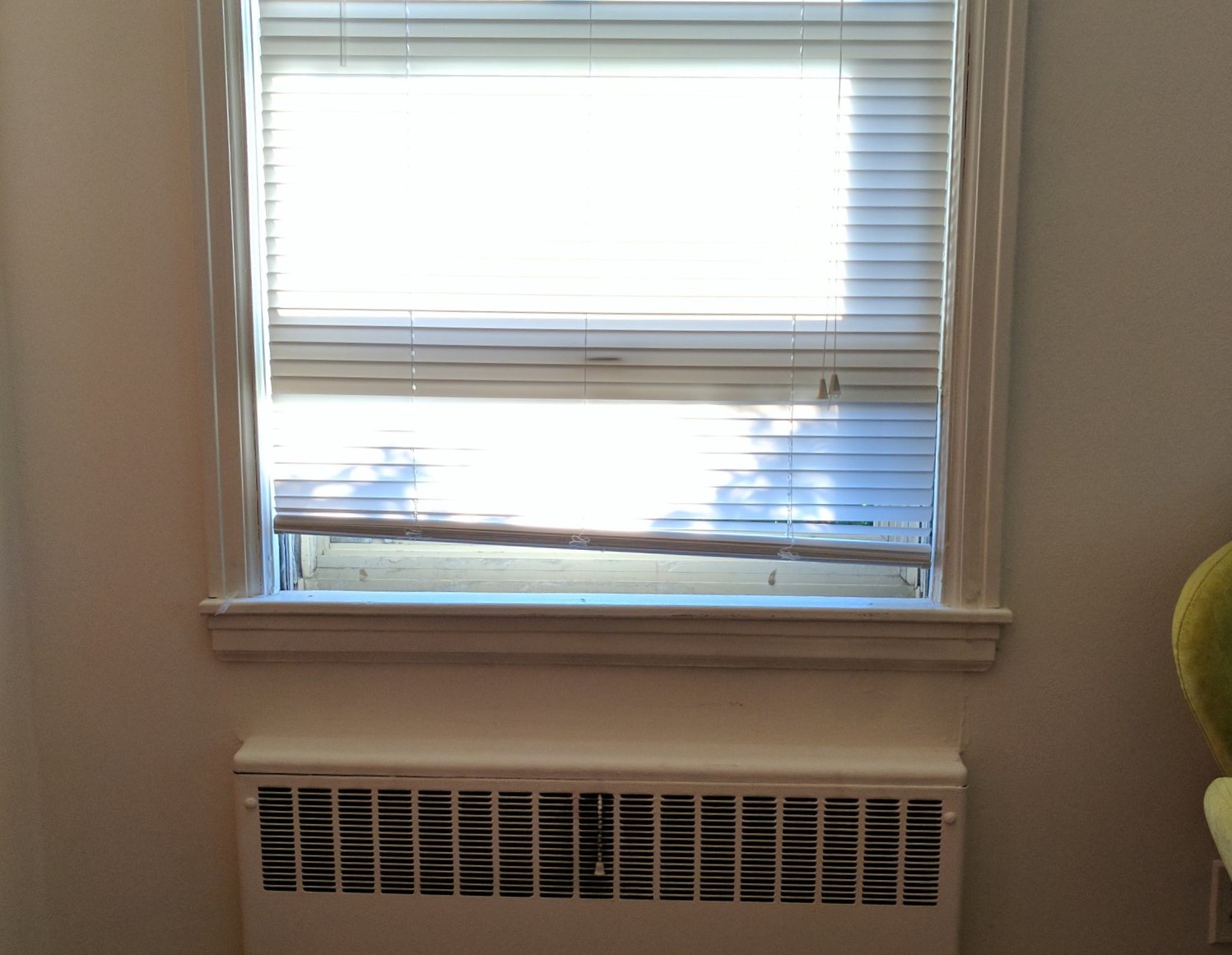
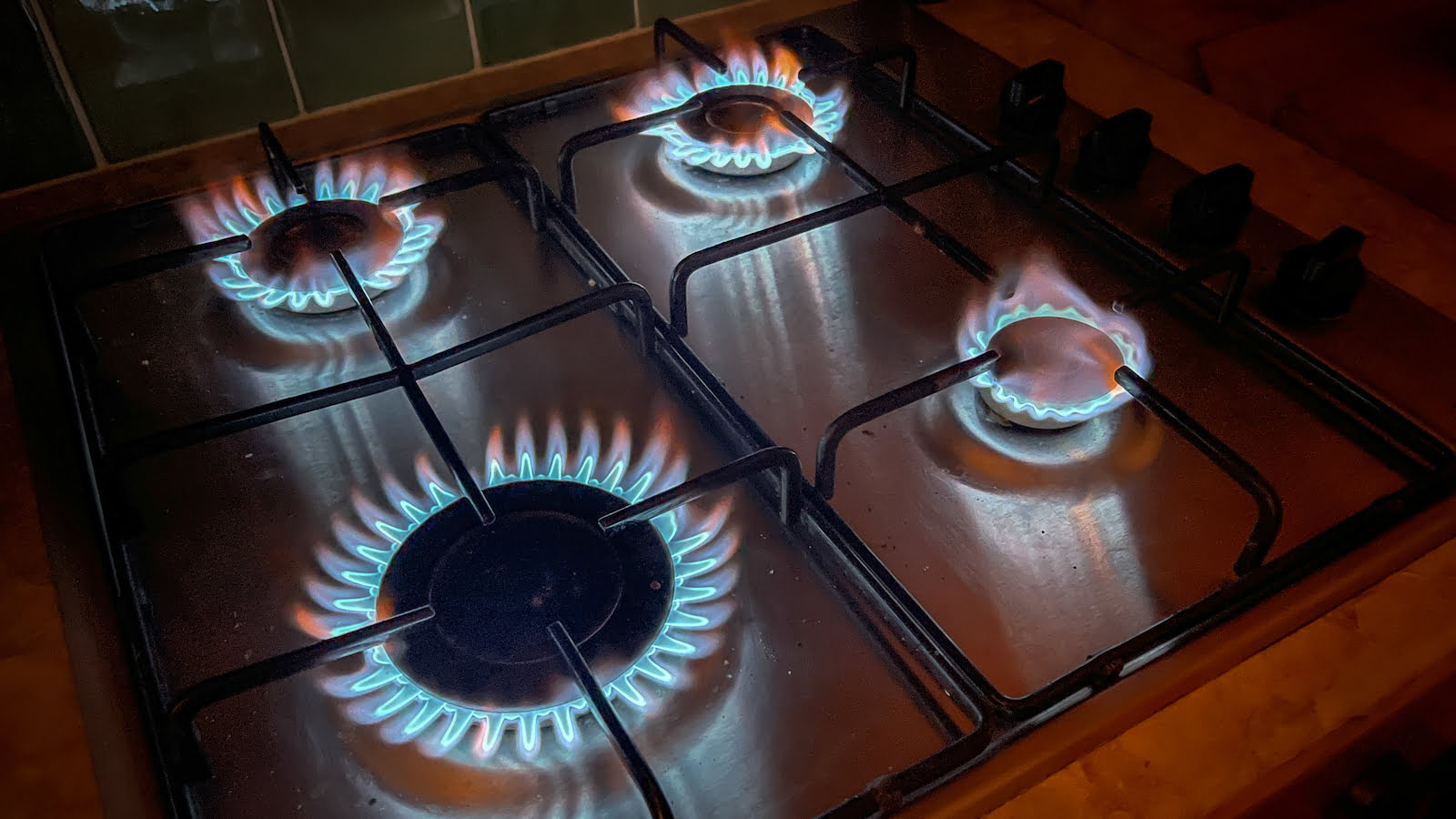
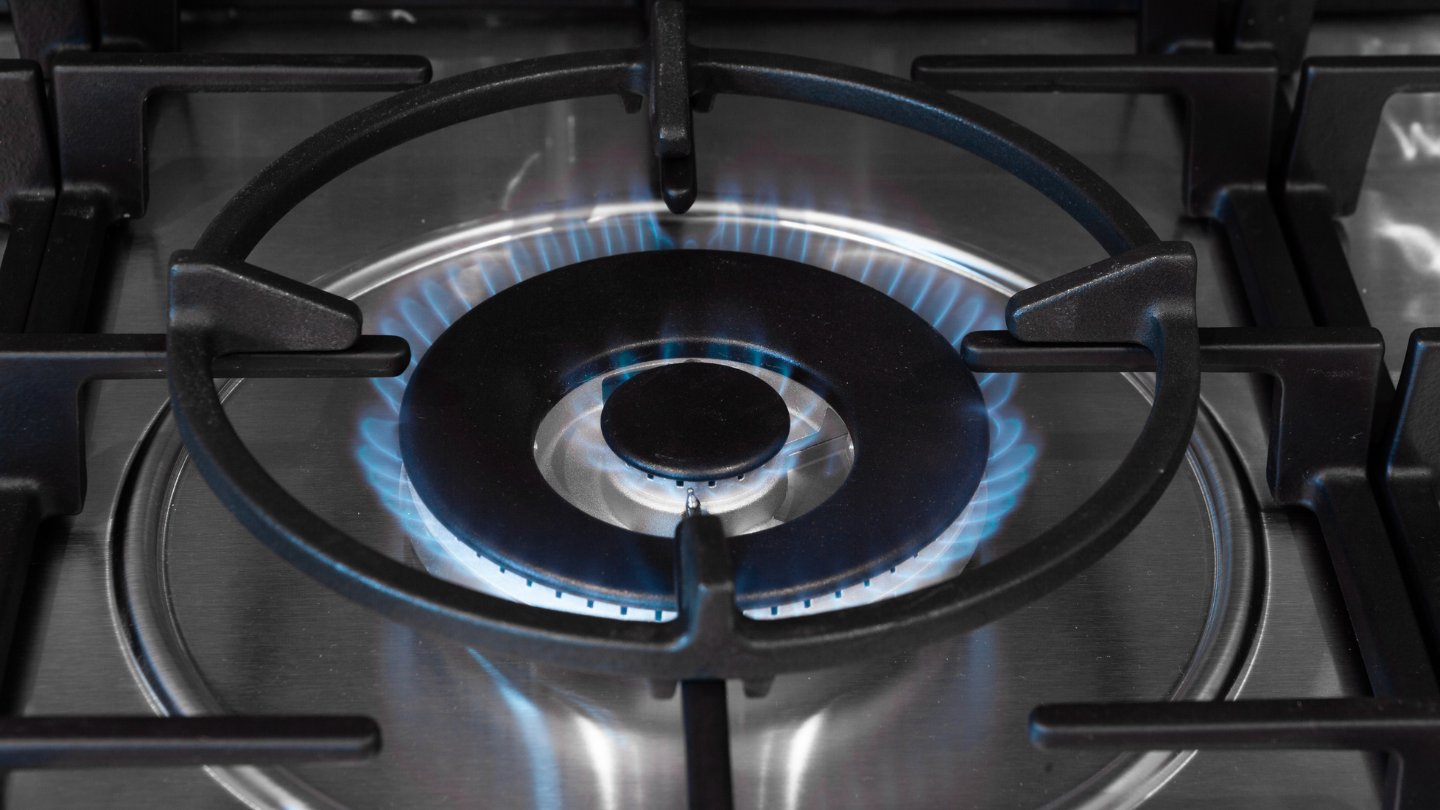
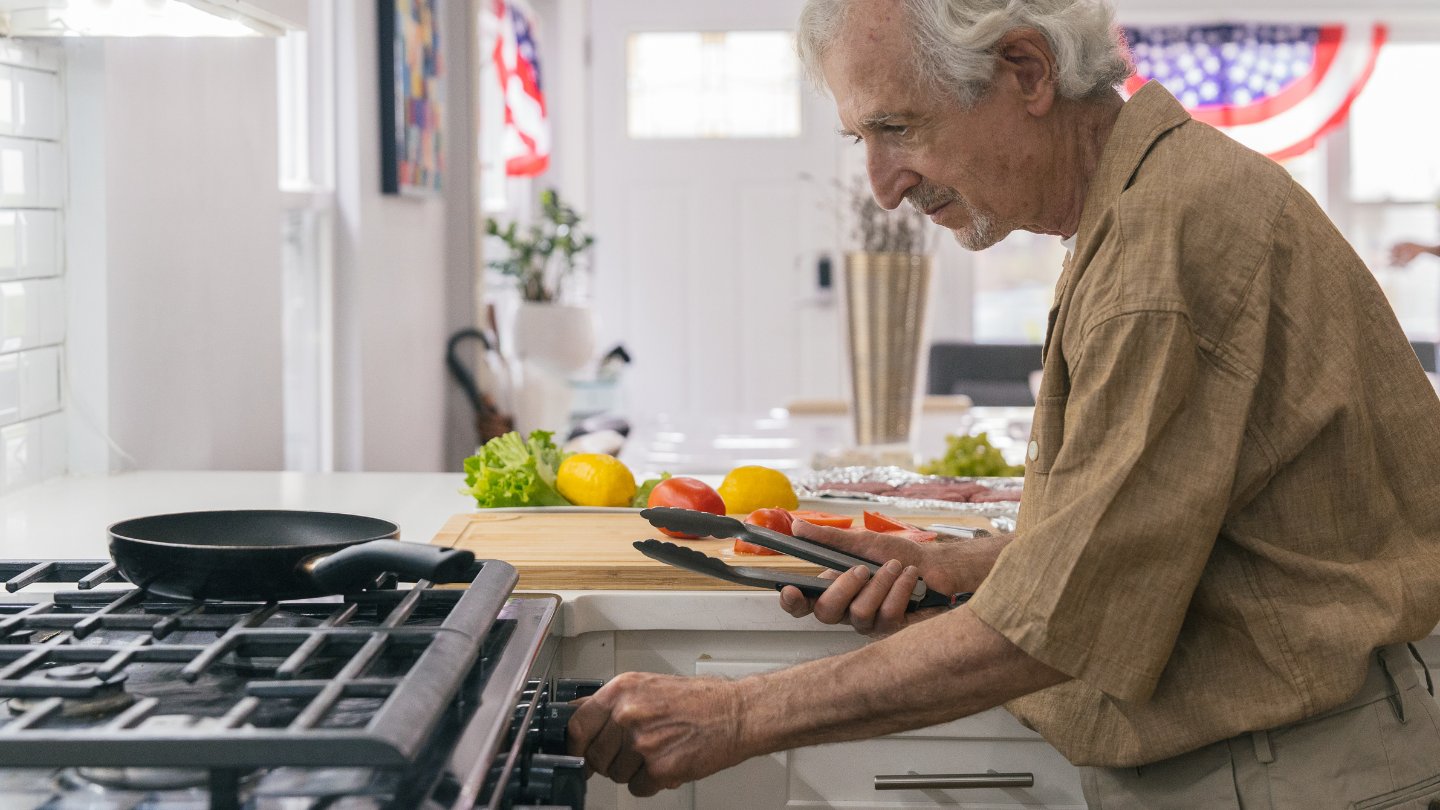
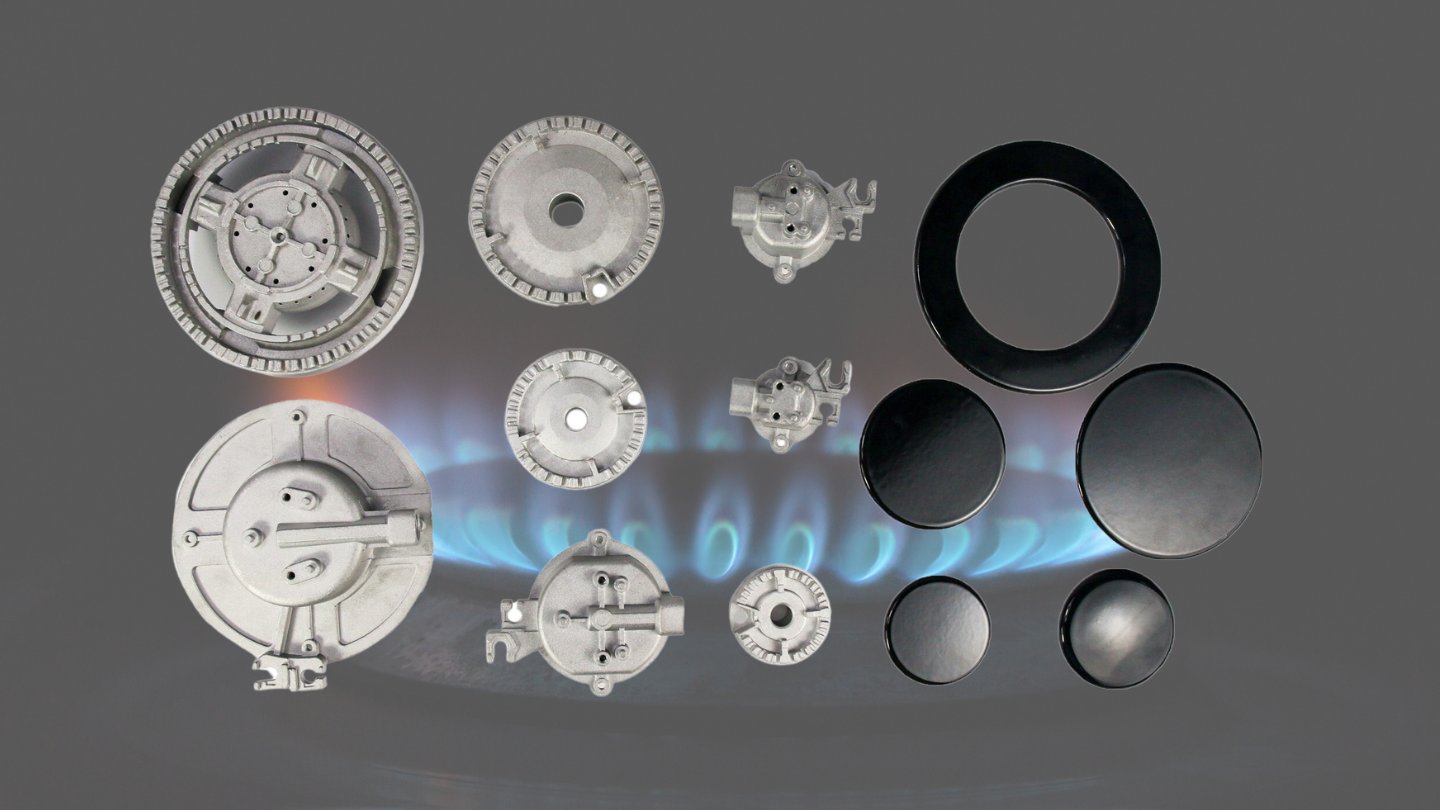
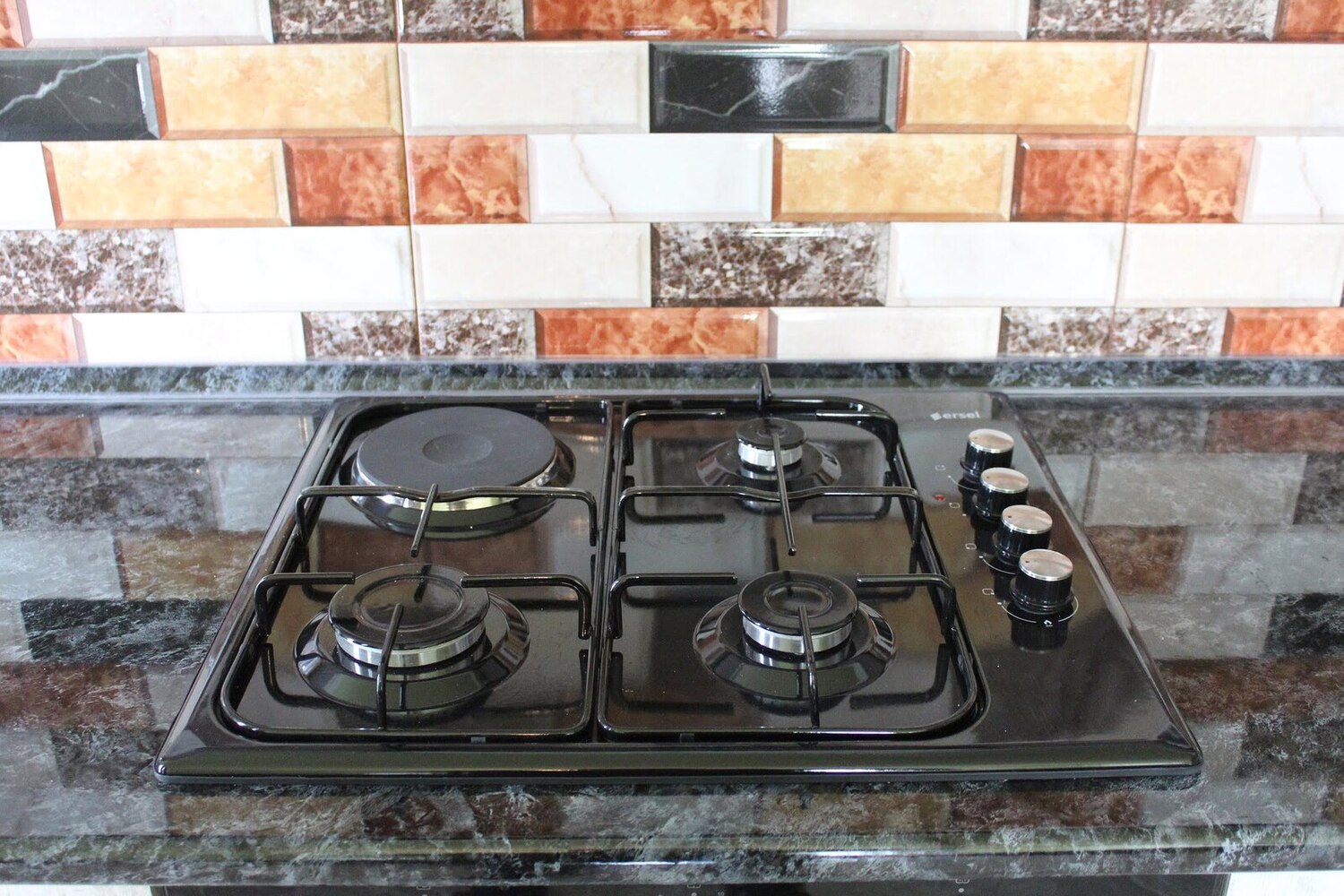

0 thoughts on “How To Adjust Uneven Gas Stove Burners”